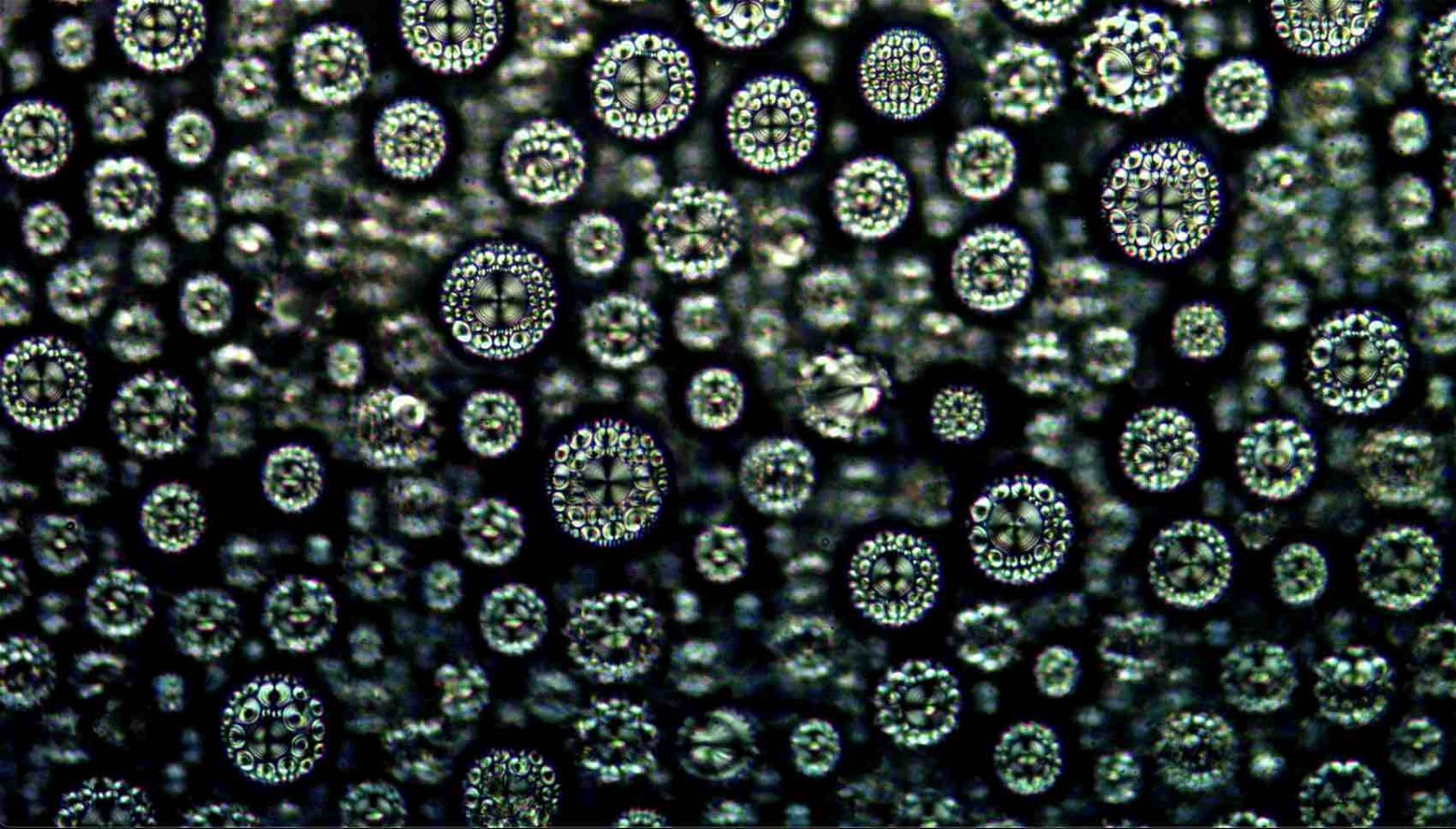A newly recognized principle of motion has been discovered by researchers, involving the movement of objects by changing their sizes within a unique liquid-like material known as liquid crystal.
Liquid crystal is a substance that, as its name implies, possesses properties of both liquids and crystalline structures. Able to flow like liquid, it also maintains a certain degree of order in its molecular arrangement similar to crystals. These anisotropic substances possess values that are different when measured in various directions, a common example of which is wood, which is stronger along its grain.
For the first time, a team of researchers with Ulsan National Institute of Science and Technology says they have identified the movement of objects in a directed manner through liquid crystal by periodically altering their size.
The research team behind the study was led by Professor Jonwoo Jeong of the Institute’s Physics Department, who says their findings could have a broad impact in a range of disciplines, including the development of tiny robots for a variety of applications.
Bubbles of air within the liquid crystal substance the research team studied were found to be able to move in one direction by changing their sizes, a finding which runs counter to how bubbles normally behave within other mediums like normal liquids.
The bubbles the team used in their study were roughly the size of a human hair and were injected into the liquid crystal and thereafter manipulated using pressure. Jeong and his team call the resulting effect an “extraordinary phenomenon,” which arises from the creation of phase defects that occur within regions of the liquid crystal surrounding the air bubbles.
The resulting defects interfere with the bubbles’ structural elements, specifically their symmetry, producing a force that causes them to move in one direction as they change size and induce movement in the surrounding liquid crystal. Known as symmetry breaking, this refers to circumstances where the reduction, or even complete absence of symmetry occurs in systems even where laws of nature dictate its presence.
Such odd, “non-Newtonian” behavior appears to defy our understanding of conventional laws of physics, the team reports.
“This groundbreaking observation showcases the ability of symmetrical objects to exhibit directed motion through symmetrical movements,” said Sung-Jo Kim, the first author of a new study that appeared in Nature Communications describing the team’s work.
Kim called the team’s findings “a phenomenon previously unseen,” adding that the same principle could potentially have applications in other types of complex fluids.
Jeong added that his team’s discovery showcases the important role of symmetry breaking “in both time and space in driving motion at the microscopic level.”
Jeong and his team’s study,” Symmetrically pulsating bubbles swim in an anisotropic fluid by nematodynamics,” was published last month in Nature Communications.
Micah Hanks is the Editor-in-Chief and Co-Founder of The Debrief. He can be reached by email at micah@thedebrief.org. Follow his work at micahhanks.com and on X: @MicahHanks.

